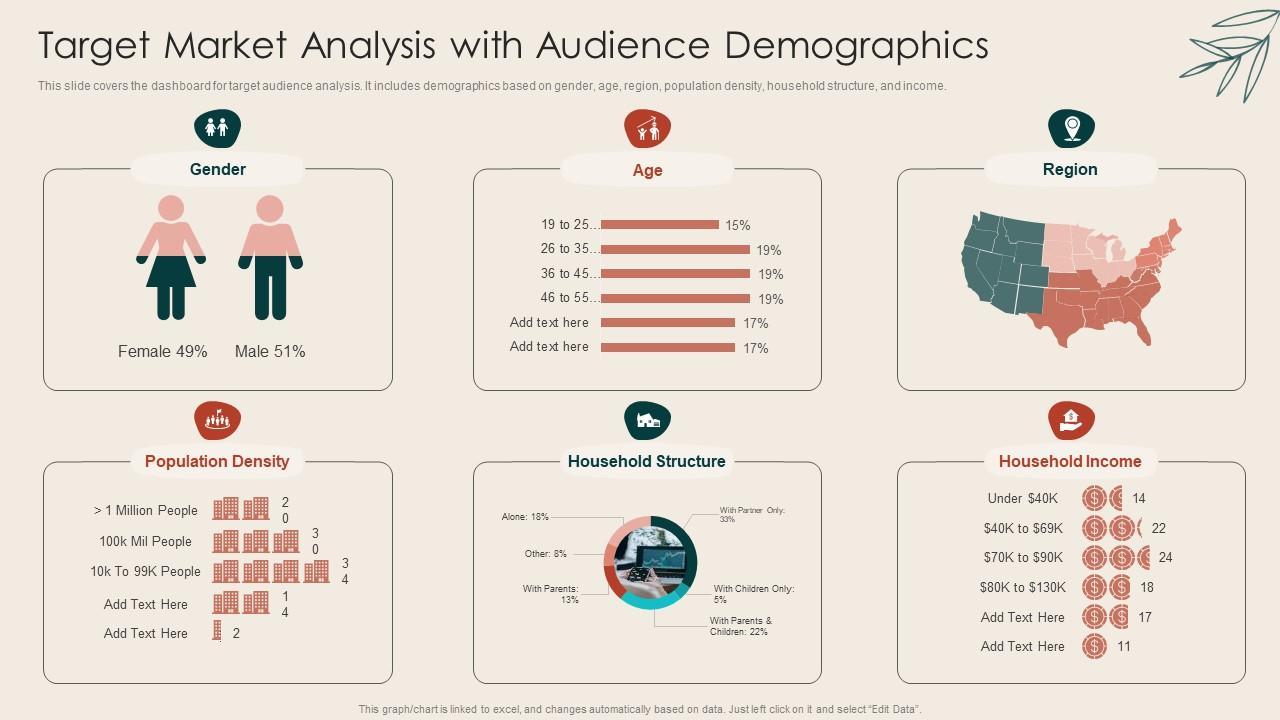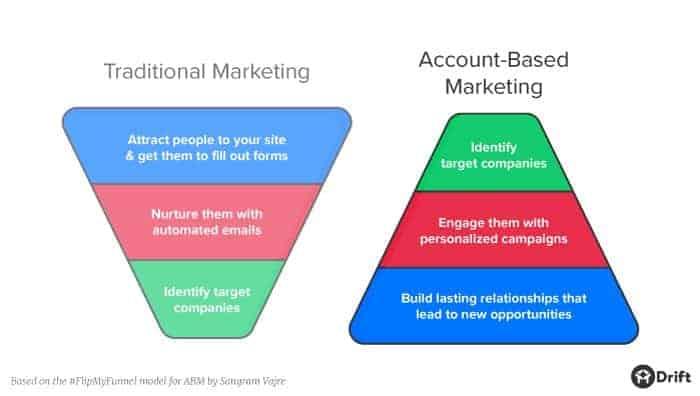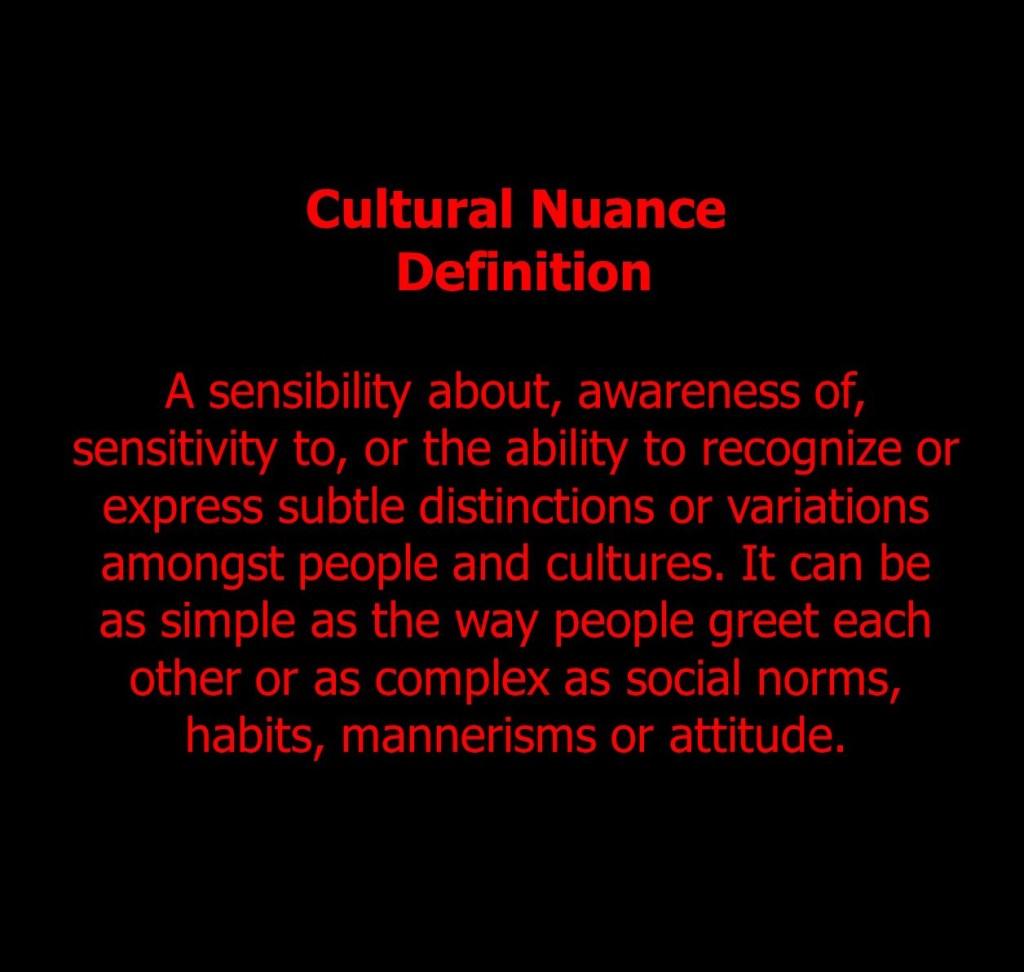
In the ever-evolving landscape of digital marketing,the relationship between influencers and their audiences has never been more pivotal. As brands increasingly invest in social media collaborations, understanding the intricate dynamics of audience demographics can make the difference between a fleeting campaign and a resounding success. “Decoding Success: How audience Demographics Drive Influencer Impact” invites you to explore the nuances that shape these powerful connections. From age and gender to location and interests, we will unravel how these demographic factors influence consumer behavior and amplify an influencer’s reach. Join us on a journey to decode the secret language of audience engagement, revealing the key ingredients that turn likes and shares into genuine impact.
Understanding Audience Demographics and Their Role in Influence
Understanding the intricacies of audience demographics is essential for anyone looking to maximize their influence through social media. Each demographic—be it age, gender, location, or interests—shapes the narrative and effectiveness of an influencer’s reach. For instance, a brand targeting millennials may find greater engagement through platforms like Instagram or TikTok, where younger audiences are more active. Alternatively, a product aimed at older demographics could see more success on Facebook or YouTube, where users over 40 tend to congregate. By aligning content strategies wiht the habitual preferences of specific demographic groups, influencers can tailor their messages for heightened resonance and impact.
Moreover, engaging with these demographic segments requires a deep understanding of their values and motivations. Influencers must delve into what drives their audience, considering factors such as purchasing power, cultural interests, and social values.This nuanced approach enables influencers to craft messages that not only entertain but also educate and inspire action. To illustrate this concept, here’s a simple breakdown of key demographic traits and their potential influence on marketing strategies:
| Demographic Group | Preferred Platform | Key Content Type |
|---|---|---|
| Gen Z (18-24) | Instagram, TikTok | Short videos, memes |
| millennials (25-40) | Facebook, Instagram | Stories, lifestyle posts |
| Gen X (41-56) | Facebook, YouTube | Informative videos, articles |
| Baby Boomers (57-75) | How-tos, reviews |

The Science of Targeted Messaging for Maximum Engagement
The power of targeted messaging lies in its ability to resonate deeply with a specific audience. by understanding the demographics of their followers, brands can tailor content that speaks directly to their interests, values, and needs. This approach not only enhances engagement but also builds a stronger connection with the audience, leading to better brand loyalty. Influencers can leverage data analytics to segment their audiences based on factors such as age, gender, location, and interests, allowing them to craft unique messages that hit home.
Consider the following key elements when creating targeted messages:
- Demographic Insights: Analyse trends within specific age groups to inform your messaging strategy.
- Platform Preferences: Different social media platforms attract varying demographics, necessitating platform-specific content.
- Emotional Resonance: Craft messages that tap into the emotions of your audience, aligning with their aspirations and pain points.
| Demographic Factor | Influencer Strategy |
|---|---|
| Age Group | Utilize language and visuals that resonate with their life stage. |
| Location | Incorporate local culture and references to enhance relatability. |
| Interests | Focus content on trending topics and themes in their hobbies. |

Navigating Cultural Nuances: Tailoring Content for Diverse Audiences
Understanding and addressing the unique cultural backgrounds of your audience is crucial for maximizing the impact of influencer marketing. Cultural nuances can considerably affect how content resonates, as various demographics consume and interpret media differently. Here are some factors to consider when tailoring your messaging:
- Language and Dialects: Ensure that the language used is appropriate and relatable to the target audience.
- Cultural References: Incorporate localized examples that resonate with the cultural context of your audience.
- Traditions and Values: Acknowledge and respect the values and traditions that shape consumer behavior.
To effectively navigate these intricacies, it is indeed essential to analyze your audience demographics through relevant data. Analytics tools can provide insights into preferences and engagement metrics, enabling you to create more tailored content.Below is a simple example of how different demographics may engage with content:
| Demographic Group | Content Preference |
|---|---|
| Millennials | Video content, social media-driven |
| Baby Boomers | Informative articles, traditional media |
| Gen Z | Short-form, visually engaging posts |

Measuring success: Metrics and Strategies for Influencer Campaigns
To effectively measure the success of influencer campaigns, it’s essential to evaluate a range of key metrics that reflect the impact of your strategies. Some of the impactful indicators to track include:
- Engagement Rate: Likes, comments, shares, and saves can provide insights into how well your audience resonates with the influencer’s content.
- Reach and Impressions: Understanding how many people see your content helps gauge overall visibility within targeted demographics.
- Conversion Rates: tracking sales or lead generation stemming from the campaign can directly correlate influencer impact to buisness outcomes.
It’s also vital to align your metrics with distinct campaign goals, which allows for refined evaluations and strategic adjustments.Leveraging data analytics tools can enhance your understanding of audience behavior and preferences, guiding future collaborations. Consider utilizing a simple table format to compare current and previous campaigns:
| Campaign | Engagement Rate | Conversions |
|---|---|---|
| Spring Launch | 7.5% | 150 |
| Holiday Promo | 9.1% | 250 |
Using this approach allows brands to stay adaptable and aligned with their audience’s preferences, ensuring the continuous evolution of influencer strategies.
Future Outlook
In the intricate tapestry of marketing, understanding the threads that connect influencers to their audiences is essential for decoding the formula for success. As we have unraveled throughout this exploration, audience demographics play a pivotal role in determining the efficacy of influencer collaborations. from age and location to interests and values, these demographic details shape not only the influencer’s content but also the engagement strategies that resonate with followers.
As brands navigate the evolving landscape of social influence, it becomes increasingly imperative to integrate demographic insights into their decision-making processes. By doing so, they can craft campaigns that are not only authentic but also resonate on a deeper level with diverse audience segments.
Ultimately, successful influencer partnerships hinge on more than just follower count; they thrive on genuine connections built on mutual understanding and shared values. As we look to the future, let us embrace the nuances of audience demographics and harness this knowledge to foster impactful relationships that transcend traditional marketing boundaries. In this rapidly changing world, the key to unlocking influencer success lies in the stories that demographics tell—and the innovative strategies we develop to bring those stories to life.